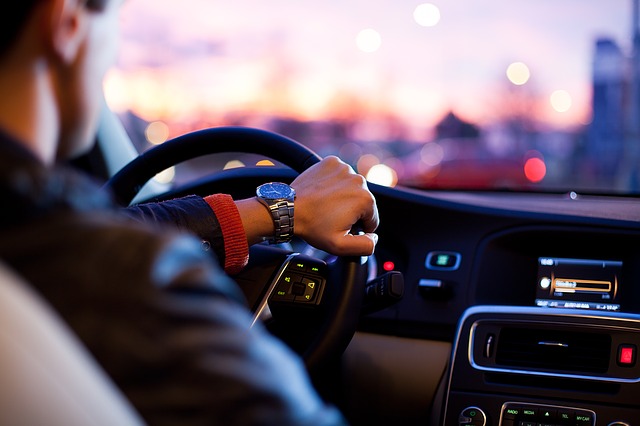Insurance carriers are tracking data on their auto insured 24 hours a day, seven days a week.
About 75% of all US license plates are being tagged and tracked by more than 2,000 car-mounted license plate readers, circling the country’s streets non-stop, all day, every day, taking photographs of license plates on streets and in publicly-visible driveways, using license plate-recognition technology.
Accessing the photographs and data is allowing insurers to combat fraud, and keep a watchful eye on their premiums.
With more than six billion data points of car license plate sightings across the country, Digital Recognition Network (DRN) has built up a considerable database. And about 200 insurance carriers are paying to access that tracking data to counter fraud claims.
“These license plate readers are operating 7-by-24, so they’re operating constantly,” DRN vice president and general manager of insurance Alex Young said. “And all they’re doing is they’re scooping up these license plates, so you get a picture of the vehicle, a date and time stamp, and the location. And from that you can deduce any number of frauds.”
“From the data, we can detect things like rate evasion based on garaging fraud. What a number of people do is they’ll say they live in southern Connecticut when they really live in Brooklyn. And the difference in the rate will be something like $1,000 for Connecticut and more like $4,000 for Brooklyn.
“From our data, we can see where the car is parked, and where it’s parked at night. So we have a pretty good idea that it’s not parked at your stated residency address.”
Other insurance fraud aspects they discover include tradespeople paying personal auto rates on their commercial vans; people using their commercial vehicles to operate outside the radius class of their policy; and pre-existing damage claims, where DRN can review old surveillance footage to determine the date of the damage. They can also identify stolen vehicles.
The “spotter cars”, gathering data across the country non-stop, are owned by repossession companies who have bought cameras and software from DRN. DRN then buys back the data the repo companies collect in their cars. Then the insurance companies come in.
“When we look at the number of vehicles we have in our database versus the number of registrations, we find that we have 75% of the registered vehicles in our database,” Young said.
It also helps insurance companies better regulate their underwriting and premiums consistency, Young said.
“They [the insurance companies] love it. They absolutely love it. This is all about fraud detection, so they love the fact that they can get this kind of information to help them out both on the claims side as well as the underwriting side.
“The industry is plagued by fraud … so they’re constantly looking for ways of identifying fraud. Because, at the end of the day, it’s not just about them losing money, it means that every time someone makes a fraudulent claim, it affects the premiums as a whole.”
Related stories:
Convicted auto insurance fraud leader receives 280-year sentence
State senator defends 7-day insurance policies as insurance department threatens to ban them


